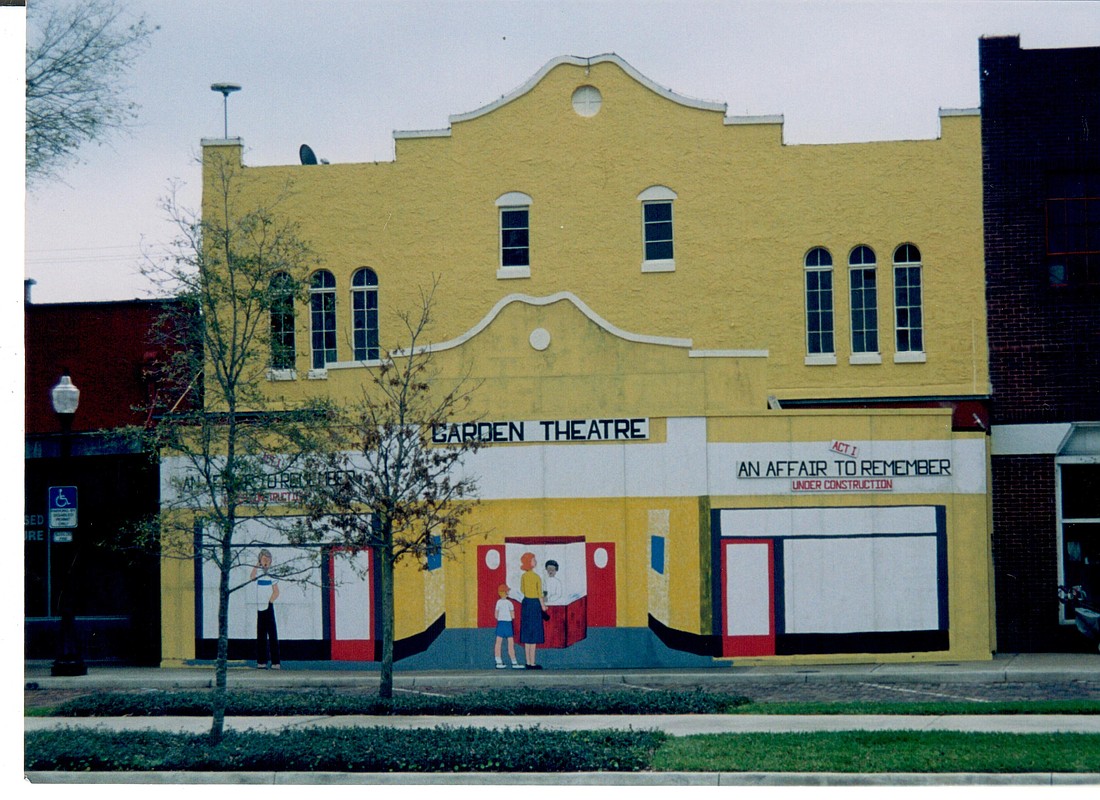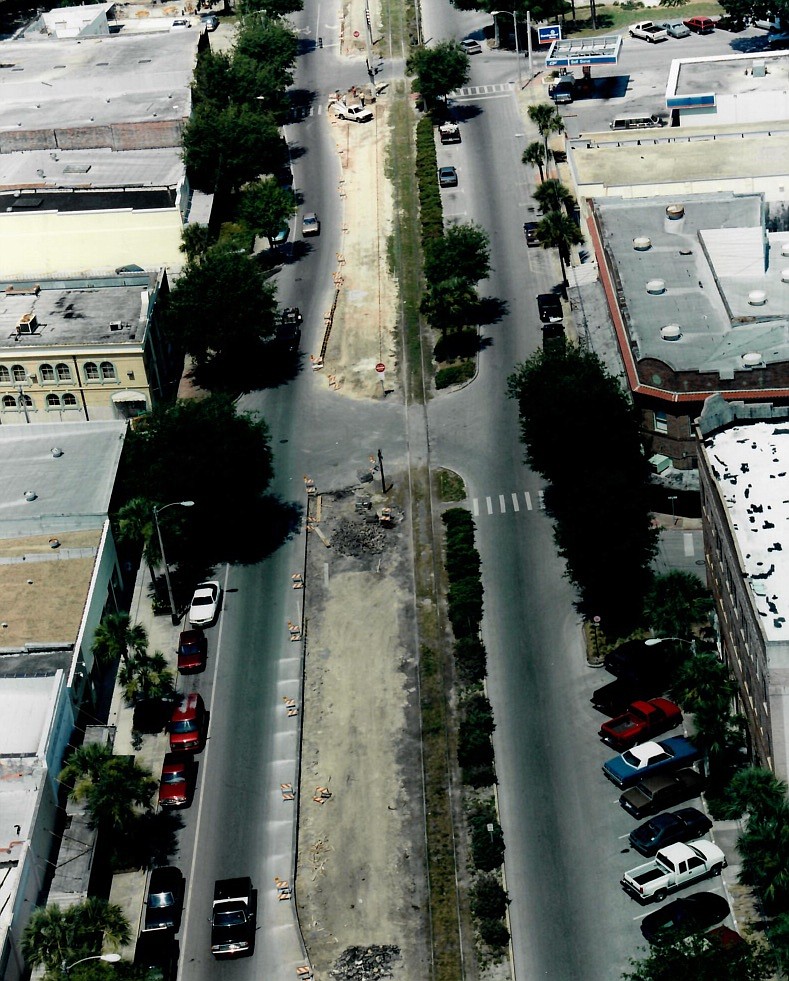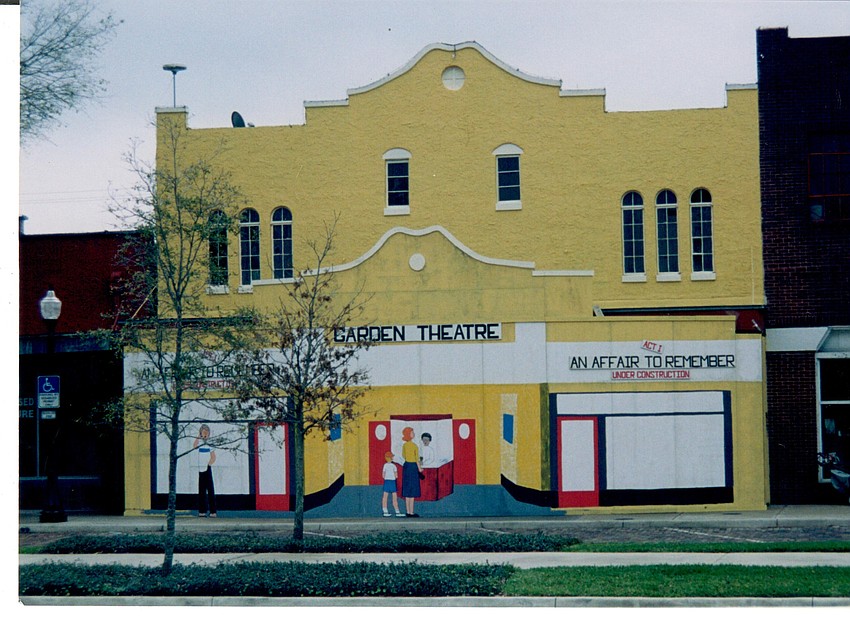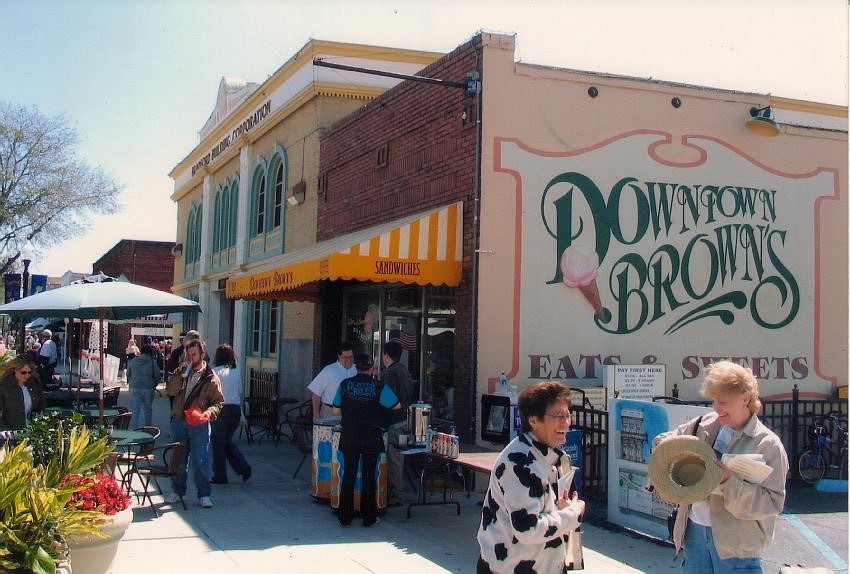- April 26, 2024
-
-
Loading

Loading

Downtown Winter Garden has been referred to as a setting for a Hallmark movie — with its charming shops, theater, restaurants and museums — but it didn’t always look this way. A great deal of vision, funds and effort went into revitalizing the Plant Street corridor starting in 1991 with the creation of Main Street Winter Garden and really ramping up with the removal of the railroad tracks in 1999.
A Winter Garden Heritage Foundation exhibition continues through this weekend at the Heritage Museum, 1 N. Main St., and it takes viewers through an illustrated timeline of the rebirth of the city’s downtown and all the collaborative efforts between city staff and the Winter Garden City Commission at the time.
“Modern Day Renaissance: The Winter Garden Story” is on display through Sunday, March 31.

The WGHF got its start in 1994 as a fundraising arm for the MSWG initiative, and a permanent heritage museum opened in 1998.
The flourishing downtown area started declining in the late 1960s and would continue on this path for more than two decades before experiencing its rebirth with commerce, culture and entertainment.
Perhaps what fueled Winter Garden’s renaissance more than anything was the creation of the West Orange Trail. When the railroad tracks were removed from the center of the city, the trail took its place, bringing hundreds of thousands of runners and cyclists and, eventually, the opportunity for successful businesses and restaurants to fill the empty storefronts.
This was spurred by the creation of a Community Redevelopment Agency, which needed government approval. CRAs receive extra funding and reallocate it in multiple ways to improve the economic health of an area.
Multiple sizable projects would be started after this, including the revival of the Garden Theatre and the Edgewater Hotel.

From 1935 through 1963, the Winter Garden Theatre was one of the only constant sources of entertainment in the city. The popularity of the television reduced moviegoing to the point that owner Collie Biggers sold the building to Pounds Motor Company and it was used as a tractor warehouse.
In 2003, the WGHF launched a movement to restore the theater to its original grandeur, and a grand-opening celebration was held five years later.
Down the street, the Edgewater Hotel faced similar highs and lows. It was constructed as the tallest building along Plant Street in 1927 and housed many fishermen who came from around the world to experience the thrill of catching a prize-winning large-mouth bass from nearby Lake Apopka. When pollution killed off all the fish and destroyed the local fishing industry, the hotel, now without a strong clientele, shuttered its doors.
The hotel sat empty — except for the pigeons that came in through the broken skylights — until the downtown Winter Garden resurgence gave the structure new life as a boutique hotel with businesses and restaurants on the ground floor.
Revitalization efforts have continued in recent years, and, today, the downtown area draws shoppers, diners and visitors with its shops, restaurants, festivals, outdoor music venues, scenic photo backdrops and overall charm.
